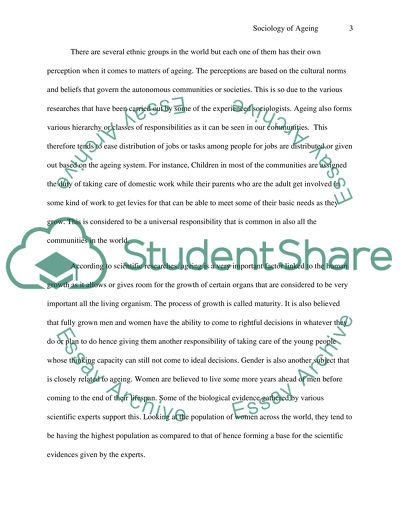Cite this document
(“Sociological Approaches to the Ageing Process Essay”, n.d.)
Sociological Approaches to the Ageing Process Essay. Retrieved from https://studentshare.org/sociology/1434767-thoroughly-examine-compare-and-contrast-how-the
Sociological Approaches to the Ageing Process Essay. Retrieved from https://studentshare.org/sociology/1434767-thoroughly-examine-compare-and-contrast-how-the
(Sociological Approaches to the Ageing Process Essay)
Sociological Approaches to the Ageing Process Essay. https://studentshare.org/sociology/1434767-thoroughly-examine-compare-and-contrast-how-the.
Sociological Approaches to the Ageing Process Essay. https://studentshare.org/sociology/1434767-thoroughly-examine-compare-and-contrast-how-the.
“Sociological Approaches to the Ageing Process Essay”, n.d. https://studentshare.org/sociology/1434767-thoroughly-examine-compare-and-contrast-how-the.


